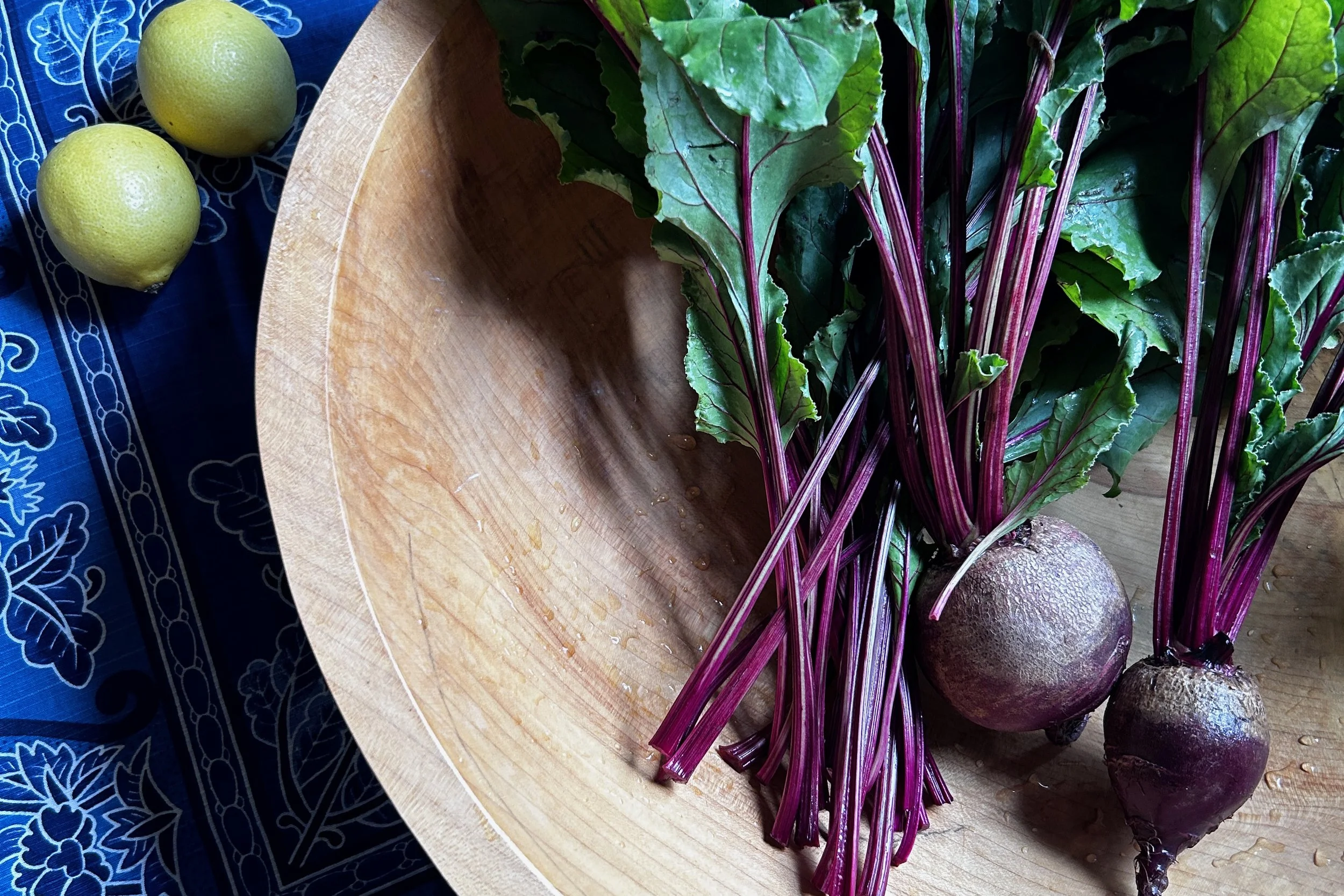The Need for NO
§
Nitric oxide, that is! N=O· ⟺ ·N=O
This simple molecule shares an electron ( · ) between the nitrogen and the oxygen atoms, making this a short-lived molecule that likes to make friends with other molecules by creating bonds or giving its electron away. Because of this affinity for friendship, it serves as a really good signaling molecule.
Our bodies use signaling to tell muscles to relax or contract, to make or release certain neurotransmitters, or to mount an immune response (among a number of other bodily functions). It is the way the cells in our body communicate with other cells and, ultimately, with us. The signaling can happen within a cell (autocrine), between nearby cells (paracrine), or between far away cells or cells in another organ (endocrine).
Blood vessel relaxation
Nitric oxide signals within a cell or between nearby cells. It is called an endothelium-derived relaxing factor, meaning it is made in our endothelium (the lining of our blood vessels), and it helps to relax tissues. Importantly, it helps to relax our blood vessels, making this a super important signaling molecule for those who have high blood pressure.
Win – Win
Healthy blood vessels make nitric oxide! And nitric oxide helps keep your blood vessels healthy and resilient. It's a win-win situation.
We need healthy, resilient blood vessels to withstand the pressure changes that occur as we move through our daily lives. For example, when we stand up, the pressure within our cardiovascular system changes and we need to keep our blood in place (ideally, moving towards our heart and head and not towards the floor with gravity), so the system needs to get a little tighter. When we sit or lie down, the system can relax. If we are scared, stressed, or panicky, the system tends to tighten up. If we are engaging our parasympathetic nervous system, the system will relax.
§
How do I get more NO?
We get nitric oxide from the food we eat, the movement we do, and the way we breathe. Dark leafy greens and beets are great sources of nitric oxide. Exercise including strength training can also increase your nitric oxide levels, and breathing through your nose rather than your mouth will do this as well.
Interested in increasing your nitric oxide levels? Sign up for The Pharmacist’s Almanac, this latest issue has a beet and berry smoothie recipe.


